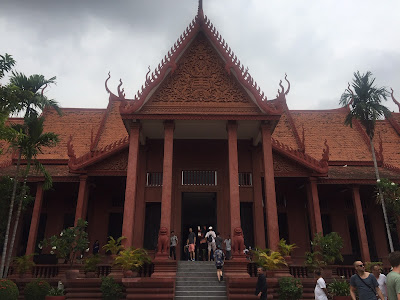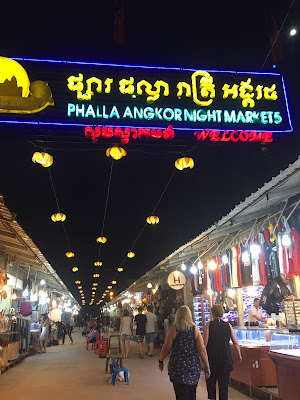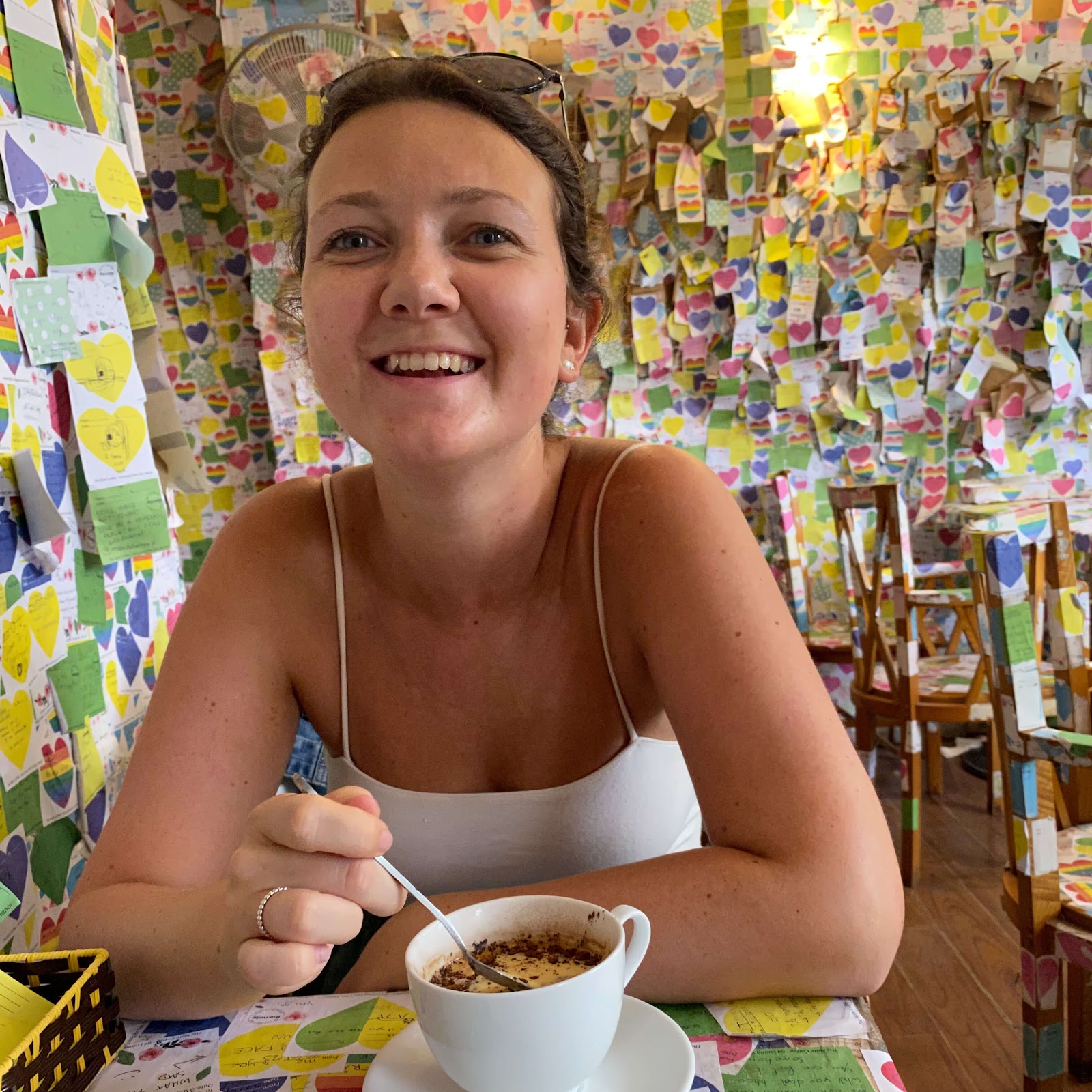Cambodia, the country of inspiring temples, the friendliest locals, prettiest sights and great food. It's in the heart of South East Asia between Vietnam and Laos and is one of the most beautiful countries I've set eyes on. I was only there for 7 days but wish I had the opportunity to experience its quieter areas and coastline. If you're planning to go to Cambodia, here's everything you need to know before you go.
Currency
Currency in Cambodia is more simple than you may think. Pretty much everywhere they'll accept US Dollars and Cambodian Riel. This means, when you're changing up your money, you can bring either with you. I was hesitant on only having Dollars and decided to get Riel too, but there was really no need as both were widely used across the country. Riel is used mostly for small change, for instance, if you're changing up a few dollars.
Currency in Cambodia is more simple than you may think. Pretty much everywhere they'll accept US Dollars and Cambodian Riel. This means, when you're changing up your money, you can bring either with you. I was hesitant on only having Dollars and decided to get Riel too, but there was really no need as both were widely used across the country. Riel is used mostly for small change, for instance, if you're changing up a few dollars.
Angkor Archeological Park
Renowned as one of the most popular attractions in Siem Reap, the Angkor Archeological Park is a must-see for anyone visiting Cambodia. As one of the largest religious monuments in the world, it features the Angkor Wat and its surrounding temples. The Park was still one of my favourite things I did in Cambodia, however, there are some things to be aware of before you go. The tickets are really expensive with 3 day passes costing $62. Also, it's worth noting, that the temples are located miles apart from each other that you'll need to hire a tuk-tuk driver to take you around or go on a tour. Due to its cost and size, it's important to budget and makes time on your agenda to visit all the temples. For more information, check out my Angkor Archeological Park guide.
Renowned as one of the most popular attractions in Siem Reap, the Angkor Archeological Park is a must-see for anyone visiting Cambodia. As one of the largest religious monuments in the world, it features the Angkor Wat and its surrounding temples. The Park was still one of my favourite things I did in Cambodia, however, there are some things to be aware of before you go. The tickets are really expensive with 3 day passes costing $62. Also, it's worth noting, that the temples are located miles apart from each other that you'll need to hire a tuk-tuk driver to take you around or go on a tour. Due to its cost and size, it's important to budget and makes time on your agenda to visit all the temples. For more information, check out my Angkor Archeological Park guide.
Street cons
Like any new place, street cons are, unfortunately, very much a thing, and something to be wary of. The main one you'll notice in Cambodia is when young children are trying to sell you things which could be anything from bracelets to flowers. If you buy them, you're aiding towards keeping the children out of education. Children are used for selling things as tourists will be more likely to purchase something off them.
Like any new place, street cons are, unfortunately, very much a thing, and something to be wary of. The main one you'll notice in Cambodia is when young children are trying to sell you things which could be anything from bracelets to flowers. If you buy them, you're aiding towards keeping the children out of education. Children are used for selling things as tourists will be more likely to purchase something off them.
There is no shaking of hands or waving in Cambodia, their greeting is sampeah, and there are different ways of carrying out to show respect. The sampeah is achieved by placing both hands like a lotus flower on your chest. The level of where your hands are placed goes up depending on your ranking in society.
Language
You'll be quite surprised that a lot of Cambodians do speak good English, however, it's worth your while to learn a few phrases that you're able to understand and communicate with the locals in their Khmer language.
Dress appropriately
Buddhism dominates in Cambodia so it's important to be respectful, especially when you're visiting the many temples and coming into contact with monks and other religious folks. For instance, ensure you cover up your shoulders and knees and essentially, aren't showing too much skin.
Directions
Cambodian tuk-tuk drivers can more often than not have no idea where they are going unless it's a renowned tourist sight. For that matter, try and download a Google Map or search the location beforehand to keep them informed.
Visas
Entering Cambodia will require a visa (depending on where you're from of course). I'm British and therefore needed one to get into the country. They're really easy to do - simply buy an Evisa online. The approval process is really quick and you'll usually get the confirmation email in 24 hours - however, it can sometimes take up to 3 days. Simply print it out and have it with you on your arrival to the country.
I hope you enjoyed this post. When are you visiting Cambodia?
Thank you for reading <3
You'll be quite surprised that a lot of Cambodians do speak good English, however, it's worth your while to learn a few phrases that you're able to understand and communicate with the locals in their Khmer language.
Dress appropriately
Buddhism dominates in Cambodia so it's important to be respectful, especially when you're visiting the many temples and coming into contact with monks and other religious folks. For instance, ensure you cover up your shoulders and knees and essentially, aren't showing too much skin.
Directions
Cambodian tuk-tuk drivers can more often than not have no idea where they are going unless it's a renowned tourist sight. For that matter, try and download a Google Map or search the location beforehand to keep them informed.
Visas
Entering Cambodia will require a visa (depending on where you're from of course). I'm British and therefore needed one to get into the country. They're really easy to do - simply buy an Evisa online. The approval process is really quick and you'll usually get the confirmation email in 24 hours - however, it can sometimes take up to 3 days. Simply print it out and have it with you on your arrival to the country.
I hope you enjoyed this post. When are you visiting Cambodia?
Thank you for reading <3
































.JPG)


